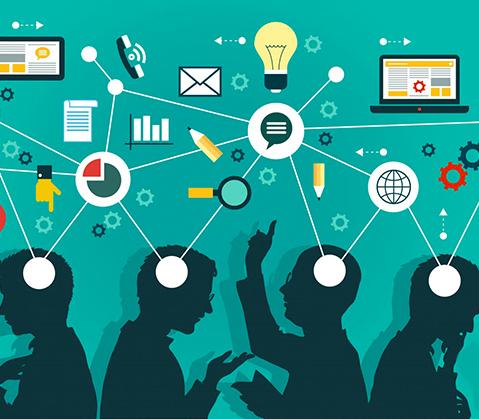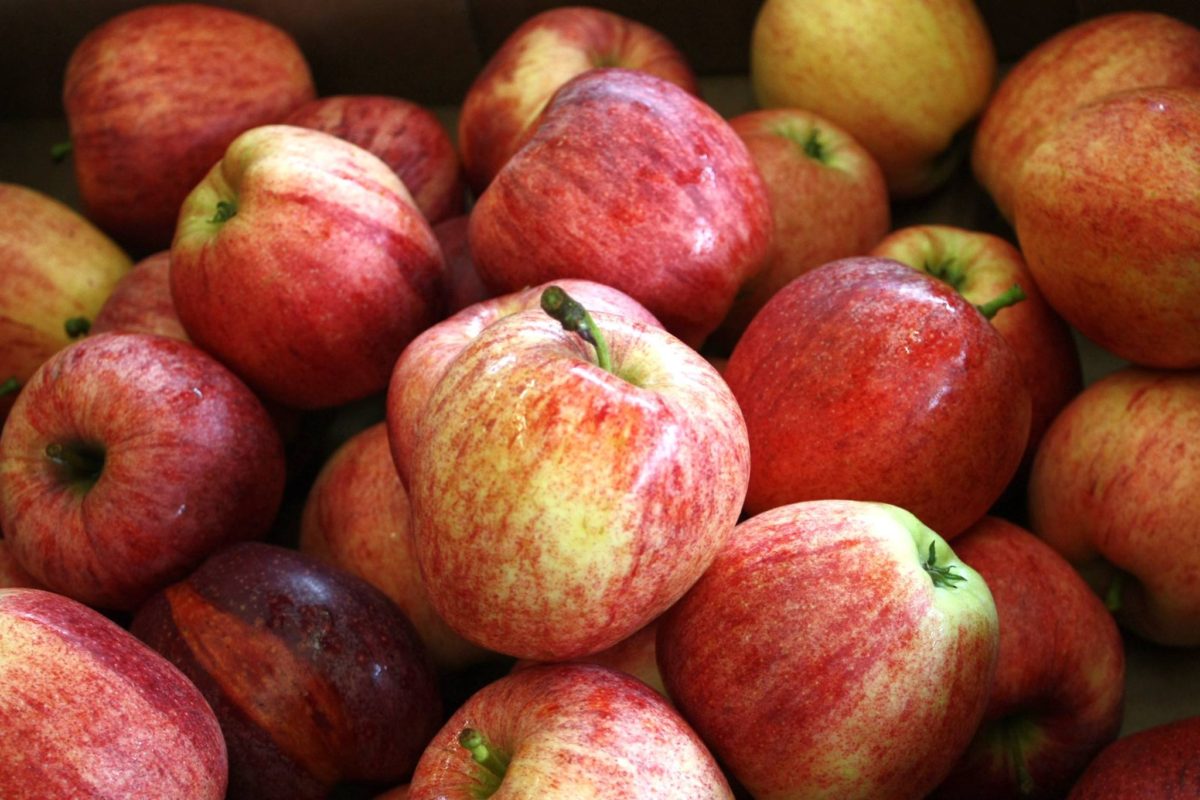In our digital strategy project, we provide a complex analysis of Abercrombie & Fitch brand as a part of A&F company, the apparel and footwear industry it belongs to and we develop a new digital strategy that is aimed to transform this company within next 5 years.
The main reason for choosing A&F for our analysis is the recent shift in company’s financial performance. The cause behind its struggle is the customer – a millennial who values transparency, localness, originality and emotions more than the status of the brand or simple prestige. A&F has failed to retarget itself to this type of customer. Bad reputation, lack of digital innovation and understanding of the consumer led this company to a downward spiral. New digital strategy is certainly a way back to positive financial performance and future success.
Providing the analysis of the respective industry, we discuss the trends and apply Porter’s Five Forces framework to assess the overall intensity of competitiveness in the industry. Using PESTEL framework, the influence of external factors on the clothing industry and its future is evaluated. A discussion about digitization level concludes the industry analysis.
Subsequently, we define the role of A&F in the industry and provide the recent state of affair. As mentioned previously, A&F has shown disappointing financial results. It is known for its oversexualized marketing campaigns and large logos on clothes. The company had been popular among teen customers but recently faces a loss of customers because it fails to match their values and lifestyle. As a part of company analysis, we describe its business model and also provide stakeholder analysis. Looking at current digital strategy of A&F, we have found that it is based largely based on omnichannel approach. A&F provides a basic mobile application, e-shop and is active on social media. In depth analysis of current state of affairs can be found in our report.
The main and most important part of our report develops a new digital strategy for A&F. We model this strategy around four dimensions – product, mobile application, in-store experience and digital marketing. In product dimension, we focus on digitally innovating the clothes offered by A&F with focus on transparency of supply chain. Dimension of mobile application takes the existing A&F app as a baseline and introduces new feature called FittingSpace. This feature deploys the technology of augmented reality in order to provide customer with added value on his or her customer journey. We realize that this journey is located mainly outside the A&F stores. The part of the new strategy concentrated on in-store experience suggests the innovation of A&F store and deployment of smart mirrors. Last but not least, digital marketing as an integral part of the new digital strategy focuses largely on new principles for online presence and the use of digital channels to collect and analyze data.
In order to complete the proposal of the new digital strategy, we also provide risk analysis, cost/benefit analysis and elaborate on compatibility of the strategy with the company culture, technical and financial feasibility and its novelty. Set of digital initiatives follows the definition of the strategy and it is again based on our four strategic dimensions and their respective content. We transform the proposed strategy into a set of executable initiatives and provide a timeline for their realization. As a part of these digital initiatives, success criteria are defined in order to set clear and measurable goals for the initiatives.
Our report concludes with a set of formal high-level recommendations for management. These are based on the proposed digital strategy and adherence to these recommendations ensures the successful transformation of A&F within next five years.
Reference:
Digital Strategy Project for Information Strategy course (2017), Group 50


